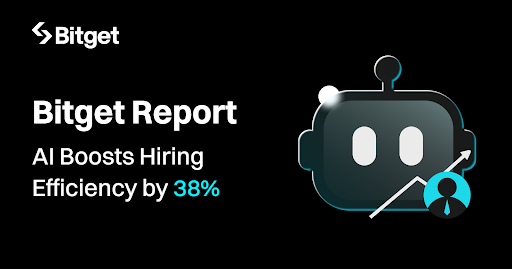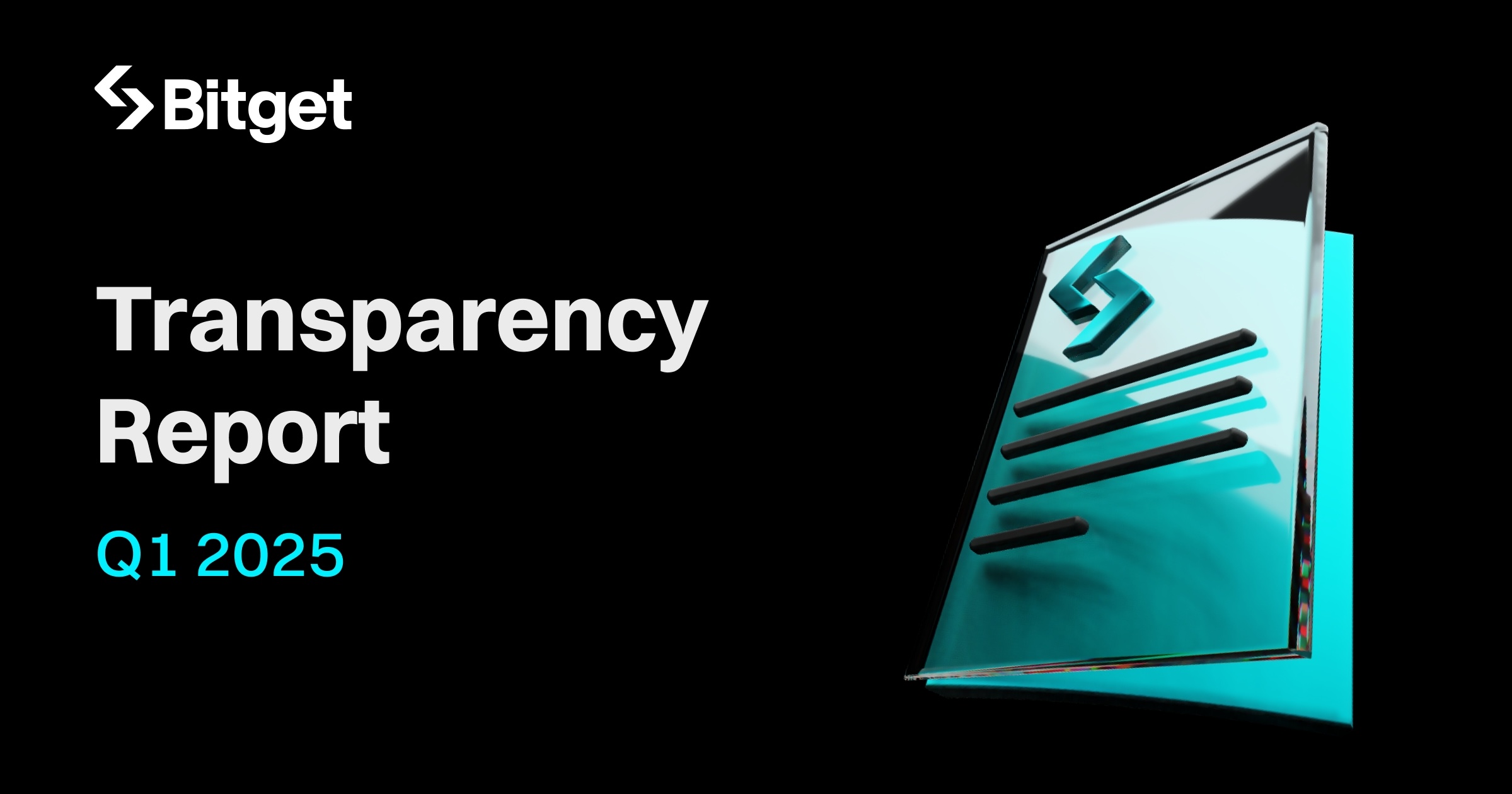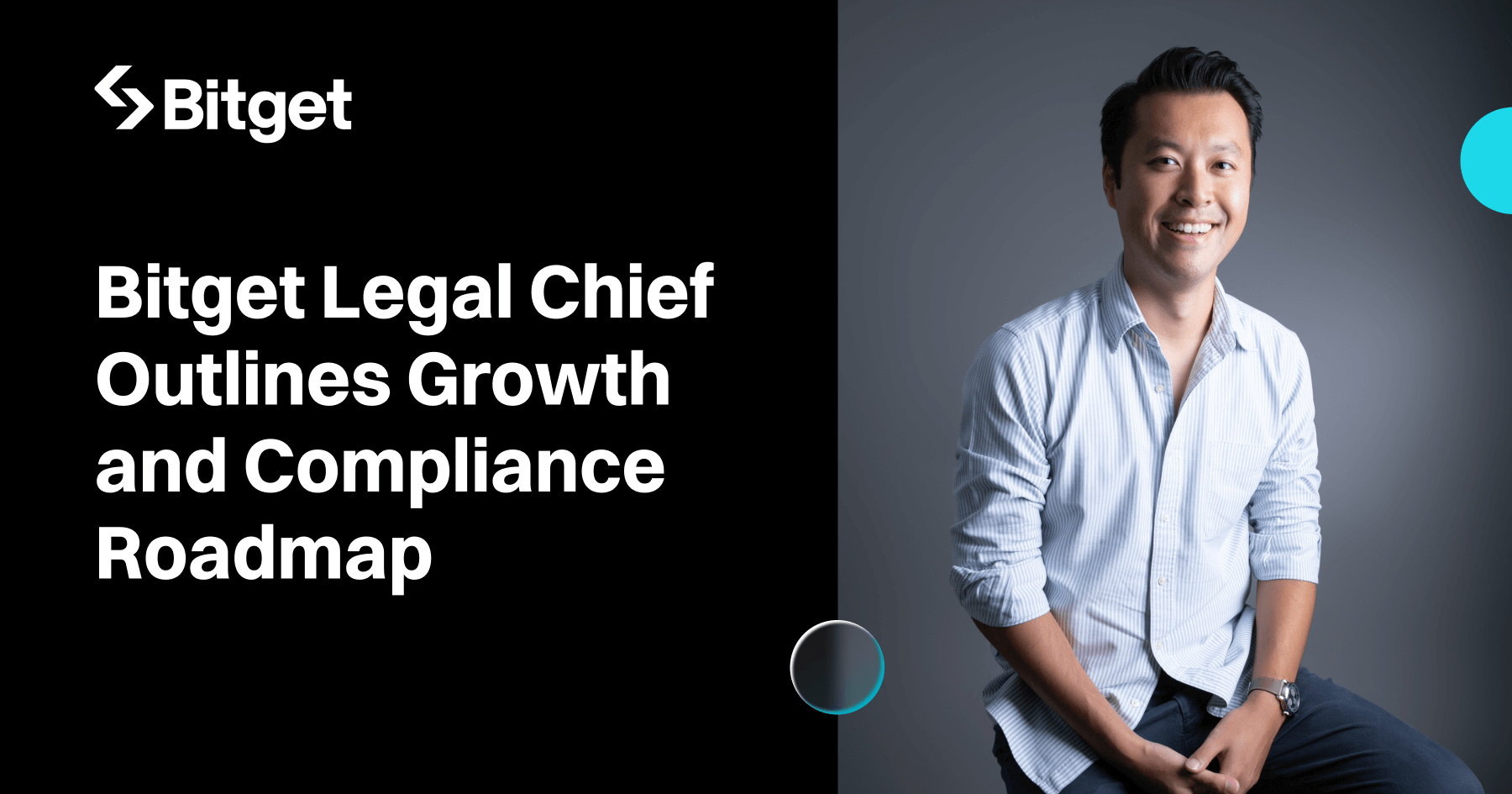Bitget Report: Using AI for Recruitment Increased Hiring Efficiency by 38%


Introduction
Traditional hiring processes often suffer from slow recruitment cycles, high costs, and mismatches between candidates and job roles. To address these inefficiencies, Bitget introduced a proprietary AI-driven recruitment solution that streamlines talent acquisition by leveraging machine learning, predictive analytics, and automated decision-making.
The AI algorithms allowed for efficiently analyzing key hiring data points, including skill-job compatibility, past performance metrics, and cultural fit, to optimize candidate selection and onboarding. By automating resume screening, interview scheduling, and candidate evaluation, Bitget has significantly reduced recruitment time, costs, and talent acquisition rates.
This report provides a detailed analysis of Bitget's AI-powered hiring transformation, comparing pre- and post-implementation efficiency metrics, and outlines how AI is reshaping the recruitment landscape for tech-driven companies.
Challenges in Traditional Hiring
Before implementing AI, Bitget relied on manual candidate screening and external recruitment agencies, which resulted in increased recruitment costs, lengthy hiring cycles, inefficiencies in talent matching, and employee turnover.
● Lengthy hiring cycles – averaging 48 days, with some technical roles taking up to 50 days to fill.
● High recruitment costs – reliance on third-party agencies, accounting for 40% of the total hiring budget.
● Inefficiencies in talent matching – high candidate rejection rates due to mismatched skills and job requirements.
● Employee turnover – 18% of employees left within the first year due to unmet expectations and poor job-role alignment.
Although the company successfully expanded its workforce, the adoption of AI-driven recruitment was a strategic move to accelerate entry into new product sectors and markets, ensuring talent acquisition kept pace with its rapid growth.
Hiring Timeline and Efficiency

The average hiring process at Bitget took 48 days, with some positions requiring up to 50 days due to the complexity of manual resume reviews and multi-stage interview processes. The recruitment workflow included:
● Initial search for candidates through recruitment agencies.
● Manual verification of resumes by HR specialists.
● Two or three rounds of interviews with multiple stakeholders.
● Final proposal approvals and contract negotiations.
This lengthy process occasionally led to top candidates securing offers elsewhere before Bitget’s hiring cycle was completed or even going unnoticed, adding pressure to HR teams. As part of its commitment to continuous innovation, Bitget recognized the need to accelerate talent acquisition while maintaining rigorous selection standards. This drove the company to implement AI-powered recruitment solutions, optimizing hiring speed without compromising on quality.
The Cost of Hiring
Before adopting AI, Bitget relied on 27–35 external recruitment firms at different times, with agency fees consuming up to 40% of the hiring budget. Internal HR teams also faced resource constraints, as specialists processed up to 500 resumes per month, leading to high operational costs.
The key cost factors in recruitment included:
● High agency commissions.
● Labor-intensive internal resume screening and coordination.
● Opportunity costs due to prolonged vacancies in critical roles.
Additionally, hiring technical and specialized talent posed significant challenges, with a 22% rejection rate in the final interview stages due to skill mismatches.
Challenges in Acquiring Talent
Recruiting advanced technical and specialized talent was associated with additional challenges. Positions requiring in-depth product knowledge had the longest hiring cycles due to a limited pool of qualified candidates, a high rejection rate in the final interview stages, and extended post-hiring training requirements.
As a result, staff turnover stood at 18%, with 22% of new employees leaving within the first year due to misalignment between job expectations and actual responsibilities.
AI Recruitment Implementation Stages
To address these challenges, Bitget deployed a multi-stage AI recruitment system, transforming inefficient models into an automated, data-driven process. The transformation process is still ongoing, but the path taken can be presented in the form of the following stages:

Research and Planning
The team conducted an in-depth analysis of hiring bottlenecks and evaluated AI-based solutions to address them. Upon completion of the stage, key indicators were established to assess the effectiveness of the innovation.
AI Model Testing
The accumulated historical hiring data underwent several stages of analysis and structuring to enable the machine learning model to work effectively. The model used indicators such as candidates' skills, previous performance, fit with the company's culture, and others to train. Upon completion of the training, pilot tests were conducted with selected positions to measure the accuracy of the AI.
Integrating AI into HR systems
The AI addition complemented existing candidate tracking systems and HR databases. The benefits of implementing AI to speed up resume review and ranking became apparent at this stage. The recommendations provided by AI were used to make the final hiring decision.
Full-scale Deployment and Continuous Learning
AI-driven processes became the standard across departments, continuously improving in accuracy as more data was processed. Feedback from candidates supported the continuous improvement of the model.
Initial Challenges and Solutions
Like any transformational initiative, the deployment of AI technology faced key challenges:
AI’s Impact on Hiring Efficiency
The recruitment efficiency after the implementation of the AI recruitment platform was assessed across multiple criteria as it had to meet the key indicators set at the first stage of development. The main criteria were divided into four categories. If there was a discrepancy at least in one of them, the initiative to introduce AI into the hiring process could be put on hold.

Hiring process time
● The hiring process was reduced to 30 days, which is 38% better than before the introduction of AI (48 days).
● The hiring process for key technical positions was accelerated, reducing the timeline from 50 days to 25–35 days.
● AI-assisted resume review and candidate ranking reduced the time to finalize an offer and negotiate a contract by 57% (from 7 to 3 days).
Resume screening
● The number of resumes reviewed manually decreased by 76%, from 500 to 120 per month.
● The AI's pre-selection algorithm identifies 10-15% of the best candidates.
● Recruitment teams now focus on high-value interactions rather than administrative selection.
Financial efficiency and dependence on HR agencies
● Bitget reduced the cost of agency services to 15% of recruitment costs.
● The cost of hiring was reduced due to internal process automation.
● The savings can be redirected to employer branding, employee retention programs, and strategic HR initiatives.
Accuracy in hiring and retaining staff
● A 32% reduction in staff attrition during the first year,
● Employee retention improved by 15%, with stronger candidate-job alignment decreased first-year attrition.
● Bias in hiring was reduced by 38%, promoting fairer selection processes.
Industry Implications and Future HR Strategies
Bitget’s AI-powered hiring transformation demonstrates the potential of AI in optimizing workforce recruitment. If widely adopted across the crypto and IT industries, similar solutions could enhance financial efficiency, improve talent acquisition, and streamline HR processes. The shift from manual screening and external agencies to AI-driven models is expected to reshape HR strategies, increasing automation in hiring and minimizing recruitment inefficiencies.
Recruitment agencies will need to adapt to this technological shift, providing enhanced AI-integrated solutions or risk obsolescence. The crypto industry's evolution towards AI-driven HR management marks a paradigm shift, ensuring faster, fairer, and more cost-effective hiring practices.
Conclusion
The results showed by AI tools represent a paradigm shift in AI-based recruitment, setting new standards for efficiency, accuracy, and fairness in hiring.
Key takeaways include:
● 42% reduction in hiring time, enabling faster acquisition of top talent.
● 76% reduction in manual resume review, allowing HR teams to focus on strategic initiatives.
● 25% cost savings, primarily from reduced dependency on external recruiters.
● 15% decrease in first-year employee attrition, reflecting better candidate-job alignment.
With its AI-driven hiring model, Bitget is reshaping the future of recruitment, demonstrating how AI can enhance workforce efficiency, talent retention, and hiring precision in competitive industries.
- BitgetBitget Research Report: Blockchain vs. AI - Untapped Potential in Talent Attraction and GrowthExecutive Summary While artificial intelligence (AI) has rapidly scaled to become a dominant force in technology employment, the blockchain sector has yet to unlock its full potential. Despite significant growth trends, blockchain employment remains at a fraction of AI’s workforce expansion. However, if blockchain reaches mainstream adoption at a pace similar to AI, it could generate an exponential increase in job creation, possibly surpassing current projections of 500,000 new roles by 2028. T
2025-04-24
- BitgetBitget Q1 2025 Transparency Report TLDR; Bitget recorded $2.08 trillion total trading volume in Q1 2025; Spot trading volume surged 159% QoQ to $387 billion. Bitget and Bitget Wallet added 19.89 million new users in Q1 2025, increasing its total user base by 20% to over 120 million users in its ecosystem. Bitget’s Protection Fund grew steadily from $495 million in January to $514 million by March 2025. Bitget transferred ~$100 million in ETH to Bybit post-hack, demonstrating exchange solidarity and trust-building in cris
2025-04-11
- BitgetA Letter from our CLO: Statement of Commitment to Regulatory Compliance At Bitget, we pride ourselves on being one of the safest and most trusted cryptocurrency exchanges in the world. We were proud to be recognised recently by Forbes as one of the World's Most Trustworthy Crypto Exchanges and Marketplaces. Our commitment to compliance is at the core of our operations as we strive to create a secure environment for our users. As part of this commitment, Bitget has successfully obtained regulatory licenses and approvals around the world tailored to our different bu
2025-04-07




